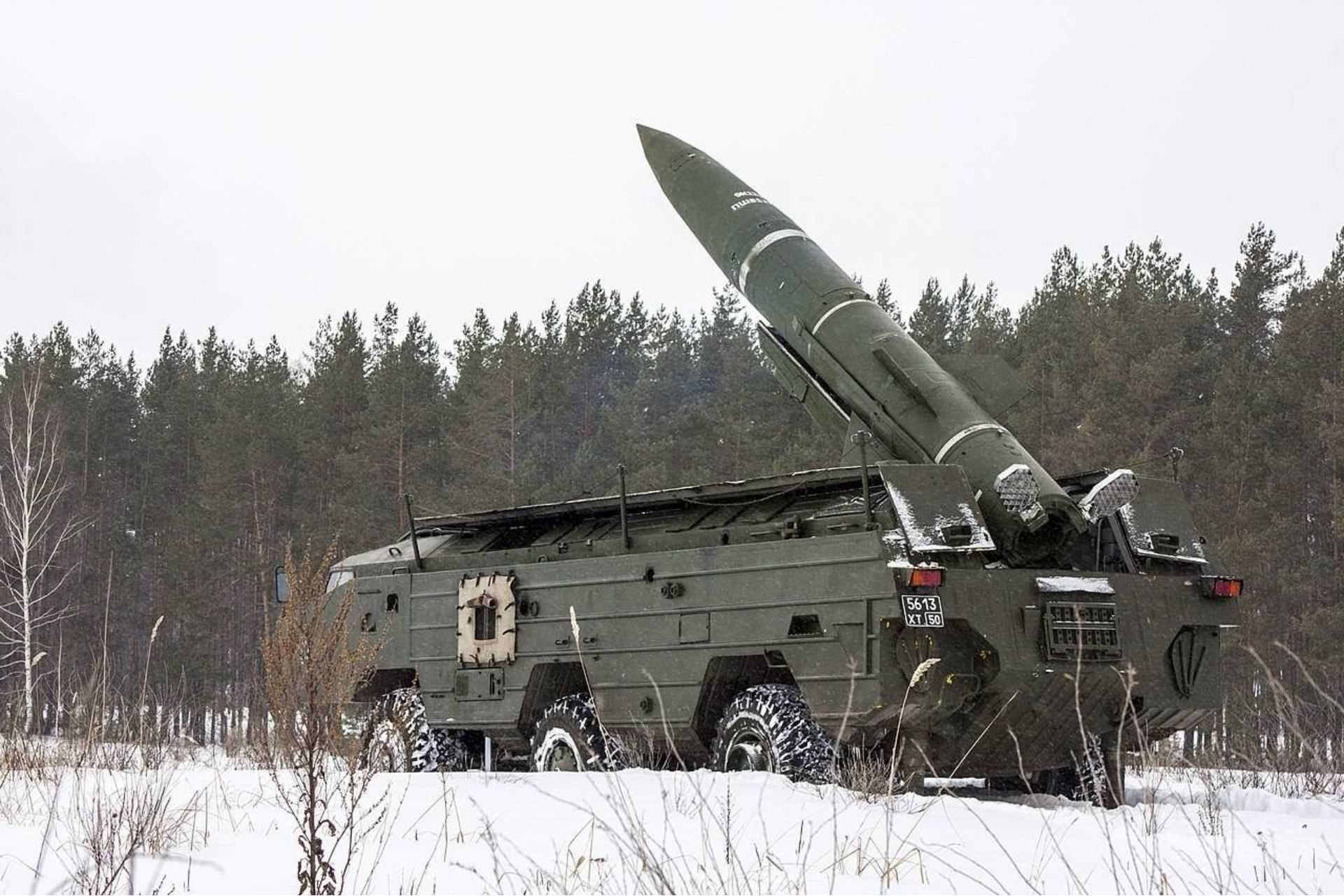Breaking News
Russia Intensifies Strikes on Ukraine's Energy System with Cluster Munitions.
Russia has intensified its attacks on Ukraine's energy infrastructure, employing cluster munitions to inflict maximum damage. This development was confirmed by Ukraine's Minister of Energy, Herman Halushchenko, during a national telethon on January 3, 2025. According to Halushchenko, 2024 was particularly challenging for Ukraine’s energy network, with these strikes severely testing the country's resilience.

The Tochka- U can carry various warheads, including the 9N123K cluster munition, which is capable of dispersing explosives across a wide area (Picture source: Russian MoD)
Throughout 2024, Russian forces launched 13 large-scale assaults on energy facilities between March and December, accompanied by nightly targeted strikes that consistently disrupted the sector. Halushchenko noted a shift in both the strategic approach and weaponry used by Russian forces, including the use of Kh-101 missiles, which deploy deadly submunitions designed to damage critical infrastructure and complicate repair efforts.
Cluster munitions are weapons that disperse multiple smaller explosives, or submunitions, over a wide area. While designed to maximize damage against dispersed targets, these munitions are highly controversial due to their long-term risks, as unexploded submunitions remain hazardous for civilians long after conflicts end. Russia has used such munitions extensively in Ukraine, targeting urban areas and causing significant civilian casualties, with reports of widespread destruction documented by international organizations.
Russia’s arsenal of cluster munitions, inherited from the Soviet Union and further developed, includes RBK-500 air-dropped bombs with PTAB-1M submunitions, 220mm "Uragan" and 300mm "Smerch" rockets carrying 9N210 and 9N235 submunitions, and "Iskander-M" ballistic missiles equipped with 9N730 submunitions. These weapons are designed to scatter explosive charges over large areas, making them highly effective against dispersed or fortified targets.
The Tochka-U, or SS-21 Scarab-B, is among the weapons Russia has used in Ukraine. This short-range ballistic missile, launched from a mobile platform, has a range of 120 km and is equipped with a precision guidance system, achieving a Circular Error probability (CEP) of less than 95 meters. It can carry various warheads, including the 9N123K cluster munition, which is capable of dispersing explosives across a wide area. Its flexibility and ability to operate in diverse conditions make it a strategic tool for modern military operations.
These attacks present immense challenges for Ukraine, particularly during winter when energy demand is at its peak. The destruction of power infrastructure results in widespread outages, affecting millions and disrupting essential services such as hospitals and schools. The constant need for repairs strains resources and complicates public service continuity. Additionally, increased reliance on energy imports and the instability of the grid further burden Ukraine's economy and security.
By targeting Ukraine’s energy systems, Russia seeks to weaken the country’s resilience, demoralize the population, and disrupt military logistics. This strategy also aims to increase economic costs for Ukraine and strain its capacity to rebuild critical infrastructure, underscoring the broader impact of the conflict on civilian and national stability.


























